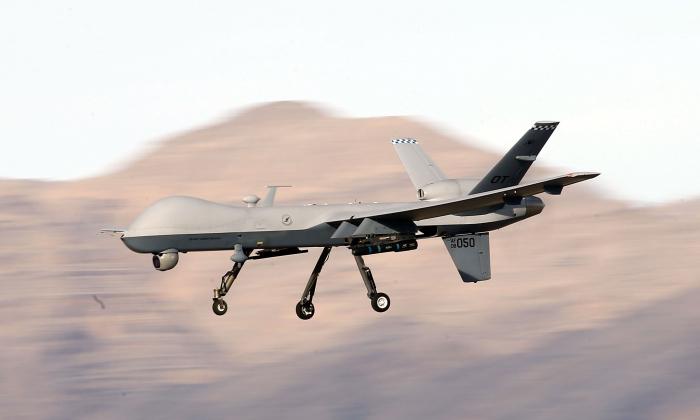One gets the impression from Canadian media analysis that Ottawa is just grateful it saved the “furniture.” But to have gotten to this parlous circumstance required a number of unforced Canadian errors, combined with a blithe misunderstanding of U.S. negotiating imperatives.
It is the impression of some historians and political observers that Canadians persistently out-negotiated U.S. reps in multiple trade-related agreements, ranging from the 1965 Auto Pact to the 1995 Open Skies, bracketing the 1992 NAFTA Agreement.
Notably, in NAFTA, Canada secured a cultural carve-out to protect its media/news production and continued egregious tariffs on U.S. dairy/poultry products. U.S. negotiators accepted Canadian remonstrations that dairy protections were vital to preserving federal/national unity support in sovereigntist-leaning Quebec.
Moreover, there was the sense that if U.S. diplomats couldn’t reach an agreement with those nice Canadians, they weren’t very effective. And, consequently, perhaps our negotiators were not always “A-Team.” Ottawa became accustomed to dealing with senior U.S. officials, including presidential-level, who thought Canadians were “good guys,” and we shouldn’t take advantage of them.
They hadn’t encountered President Donald Trump’s approach to negotiations.
And to be fair, first impressions of Trump-Trudeau relations seemed to reinforce existing preconceptions. Although during his presidential campaign, Trump had inveighed against NAFTA as the worst agreement ever negotiated, Trudeau’s February 2016 Washington visit was akin to a bromance/love fest.
Delivered in “not-to-worry” modulation, Trump implied NAFTA revisions for Canada would be “tweaks.” Perhaps Ottawa’s full-court press with USG officials in Washington and key state capitals, to explain how important NAFTA was to American workers/business, had mitigated Trump’s campaign excesses?
Consequently, when Trump dropped tariffs on Canadian steel and aluminum citing a national-security rationale, Ottawa threw a hissy fit. National security was an absurd pretext, and Canada wouldn’t be “pushed around.” Trudeau subsequently infuriated Trump, by repeating this bombast immediately after the G-7 summit. It was a totally unnecessary shin-kick.
As Trump was on his way to an unprecedented, high-risk, “bet his presidency” summit with North Korea’s Kim Jong Un, U.S. responses verged on unprintable ad-hominem critiques of Trudeau. Subsequently, the United States sidelined Canada during summer negotiations, while reaching an agreement with Mexico.
Moreover, when Trump hinted at a nuclear option of 25 percent tariffs on Canadian automobile exports, Ottawa faced potential economic calamity and recession if unable to reach an agreement. That negotiators reached agreement minutes prior to the Sept. 30 deadline reflects recognition of politico-economic reality rather than cut-off-your-nose-to-spite-your face abstract principles.
- A 16-year terminal date with a six-year review;
- Continuation, at least for the interim, of steel and aluminum tariffs;
- Retention of dispute resolution boards to address dumping and countervailing tariffs (a Canadian priority);
- Rules for internet commerce and increased “tax-free” Canada–U.S. purchasing;
- Opening Canada’s “managed” dairy industry to U.S. products (a Trump bete noire). Access is still trivial, but it drove a wedge for greater access;
- Required increases in North American content for automobiles to 75 percent from 62.5, with automobiles requiring 40 to 45 percent of content made by workers earning at least $16/hour); the predicted result being fewer lost manufacturing jobs;
- Greater protection for intellectual property in pharmaceuticals; stronger labor rights and environmental protection.
There is no question that such was bare-knuckle (if not brass-knuckle) negotiating. Nor is there any assurance comparable approaches will be effective in forthcoming negotiations with the Europeans, Japan, and China. But it has laid down an economic marker comparable to our demands for greater NATO security contributions that there is a “new sheriff” in Washington—like him or not.





